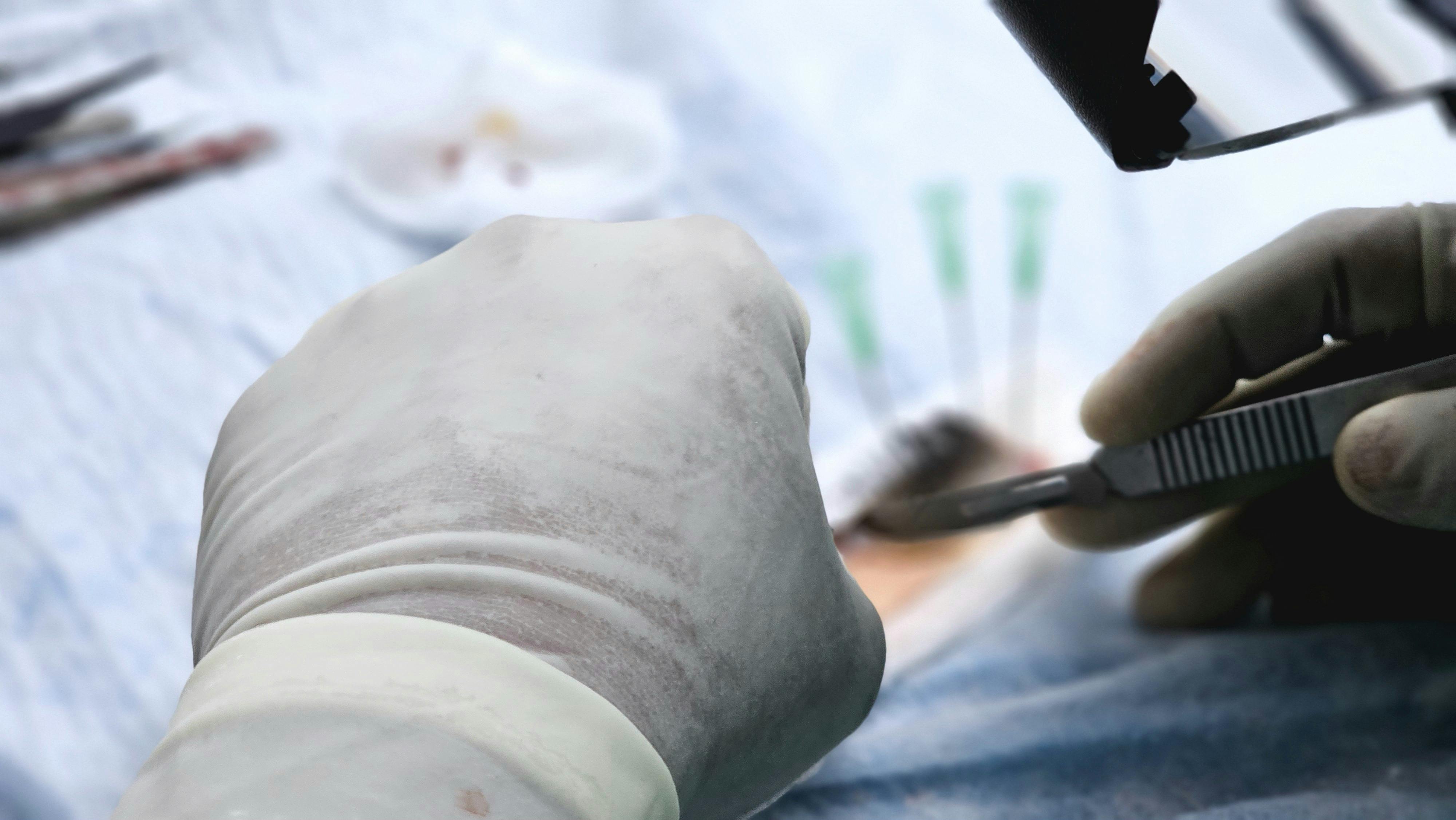Unveiling the Science Behind Hair Transplantation: A Comprehensive Guide
Hair transplantation has become an increasingly popular hair restoration technique over the past few decades. This surgical procedure involves transferring hair follicles from one part of the body, typically the back of the scalp, to the balding or thinning areas. As a result, it has emerged as a beacon of hope for those grappling with hair loss issues. However, the science and intricacies behind this procedure are often overlooked in mainstream discussions. This article aims to provide an in-depth look into the scientific basis, historical evolution, current trends, and impact of hair transplantation.

From Humble Beginnings: The Genesis of Hair Transplantation
Hair transplantation has roots dating back to the 19th century. Japanese dermatologist Dr. Okuda is often credited with pioneering the technique in the 1930s. However, his work was interrupted by World War II, and his contributions remained largely unknown until years later. In the 1950s, New York dermatologist Dr. Norman Orentreich rejuvenated the concept and is generally recognized as the father of modern hair transplantation. His groundbreaking work paved the way for the development of the procedure as we know it today.
The Science of Hair Transplantation
Hair transplantation is no mere cosmetic procedure; it is a complex process rooted in the science of hair growth. Each hair on our head grows from a follicle, a tiny organ in the skin’s dermis layer. In individuals with hair loss, these follicles cease to produce new hair. Hair transplantation relies on the fact that some hair follicles, usually those at the back of the scalp, are resistant to balding.
During the procedure, a surgeon removes a strip of skin containing these hardy follicles and grafts them onto the balding areas. Over time, these transplanted follicles integrate with the surrounding skin and begin to produce new hair. The success of a hair transplant thus hinges on the health and survival of these transplanted follicles.
The Evolution of Techniques: From FUT to FUE
The field of hair transplantation has seen significant advancement in surgical techniques. The traditional method, known as Follicular Unit Transplantation (FUT), involves removing a strip of scalp from the back of the head, dissecting it into individual follicular units, and then implanting these units into the recipient areas.
However, the FUT technique often leaves a linear scar at the donor site, prompting the development of a newer technique known as Follicular Unit Extraction (FUE). In FUE, individual follicular units are harvested directly from the scalp without a linear incision, minimizing scarring and reducing recovery time. The advent of FUE has revolutionized hair transplantation, making it a more appealing option for those seeking hair restoration.
Current Trends and Impact: Personalized Solutions and Enhanced Aesthetics
Today, hair transplantation is not merely a solution for baldness but an opportunity to enhance aesthetic appeal. The trend has shifted towards creating personalized hairlines that complement each patient’s unique facial features. Surgeons now strive to create the most natural-looking results, considering factors like hair density, growth direction, and even hair curl.
Moreover, the impact of hair transplantation extends beyond physical appearance. For many individuals, hair loss can be a significant source of stress and anxiety. Hair transplantation can help restore not only hair but also self-confidence and psychological well-being.
A Promising Future for Hair Transplantation
While hair transplantation has come a long way since its inception, the field continues to evolve with advancements in technology and understanding of hair biology. Current research is exploring the potential of stem cells and gene therapy in hair restoration, which may revolutionize the future of hair transplantation.
It’s crucial for potential candidates to understand the science behind hair transplantation to make informed decisions. With its roots planted firmly in scientific principles and its branches reaching out towards innovative techniques, hair transplantation remains a promising solution for hair loss. However, as with any surgical procedure, it’s essential to consult with a qualified professional to weigh the benefits and risks.




